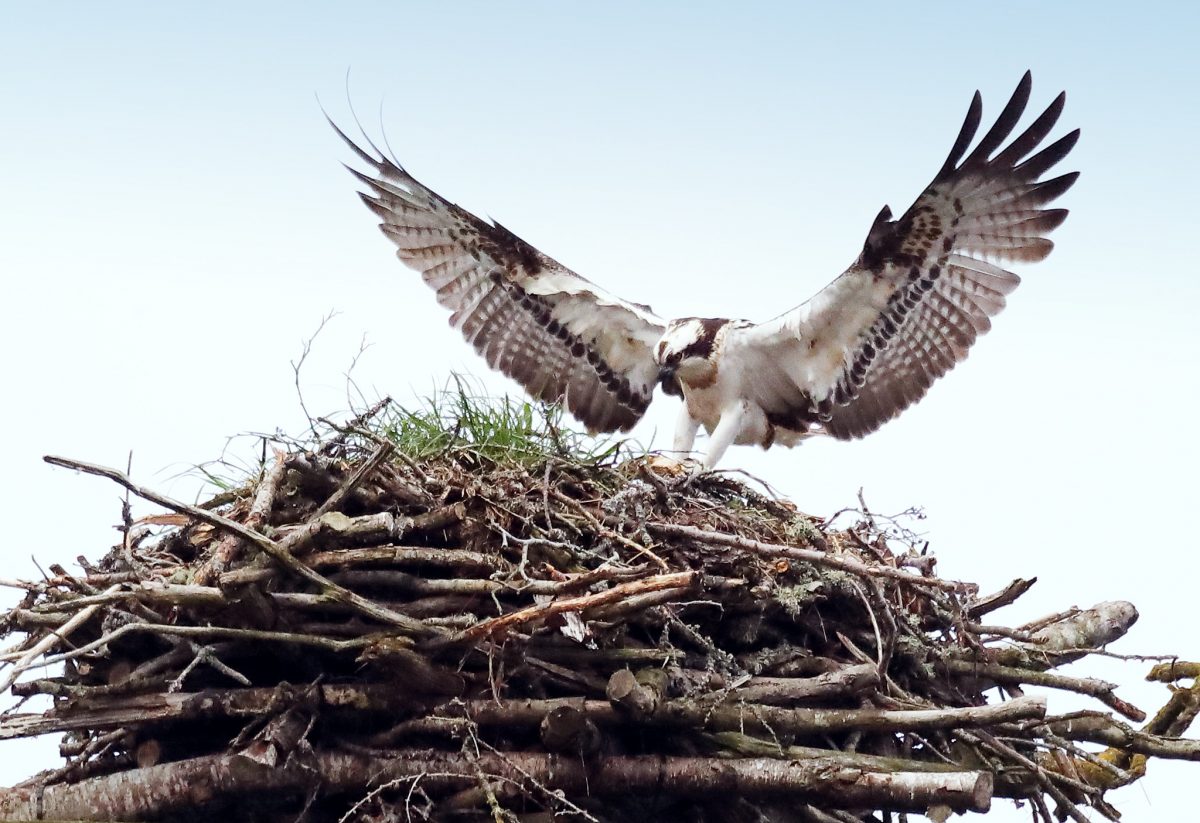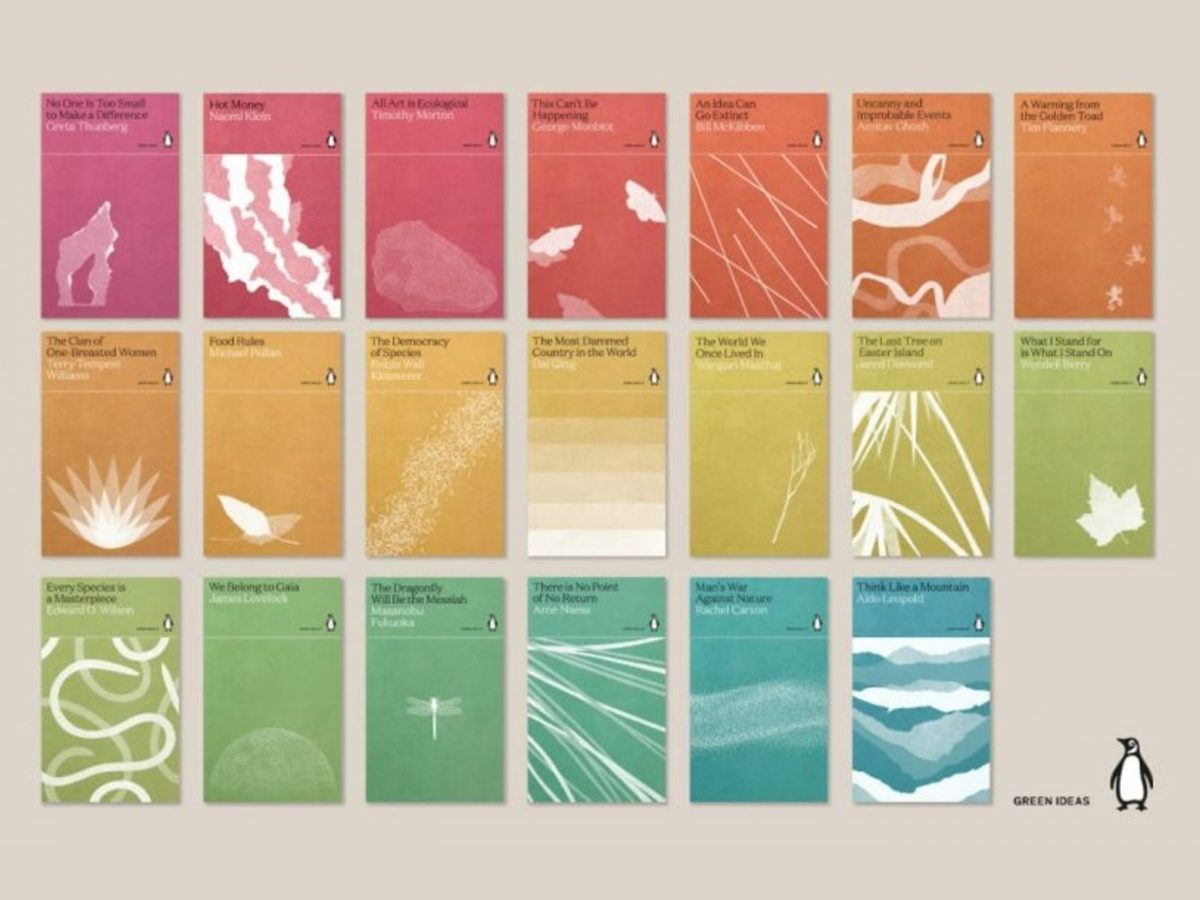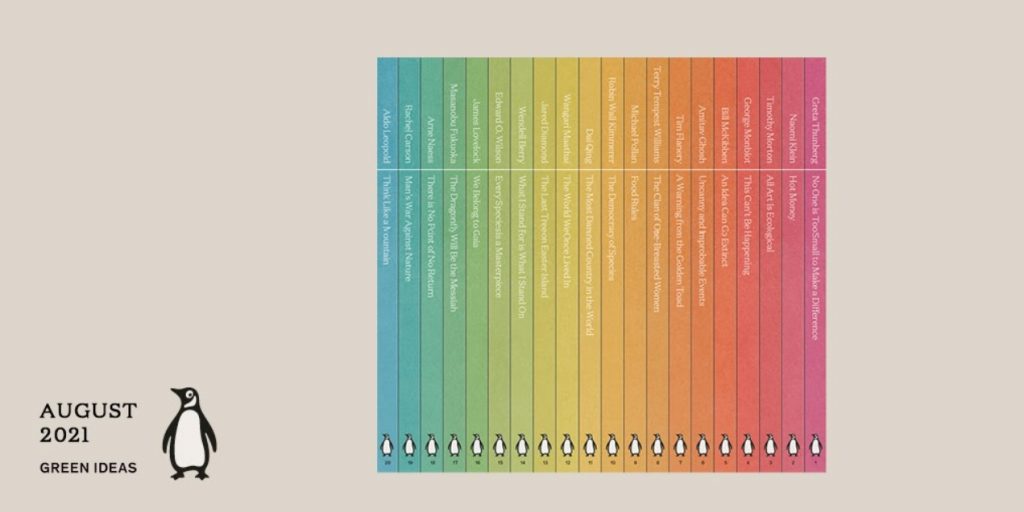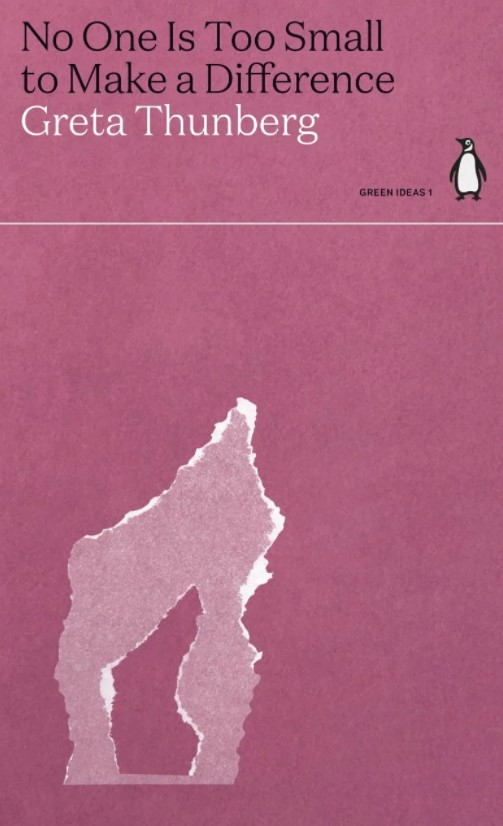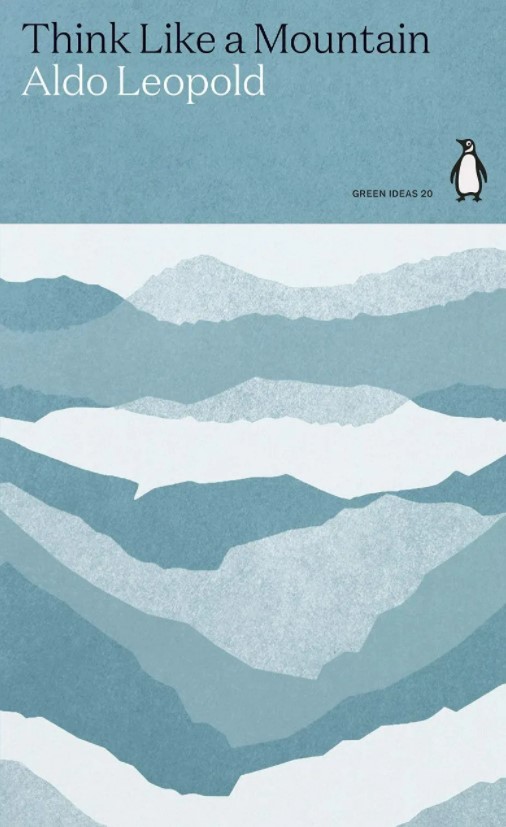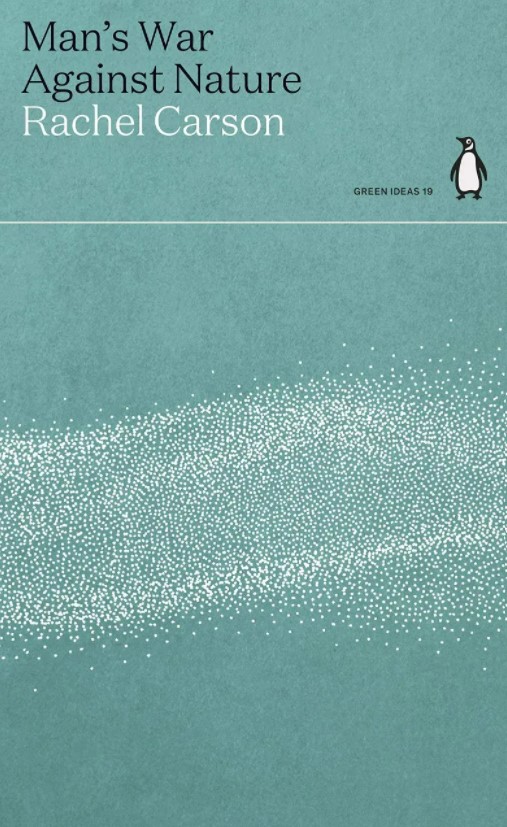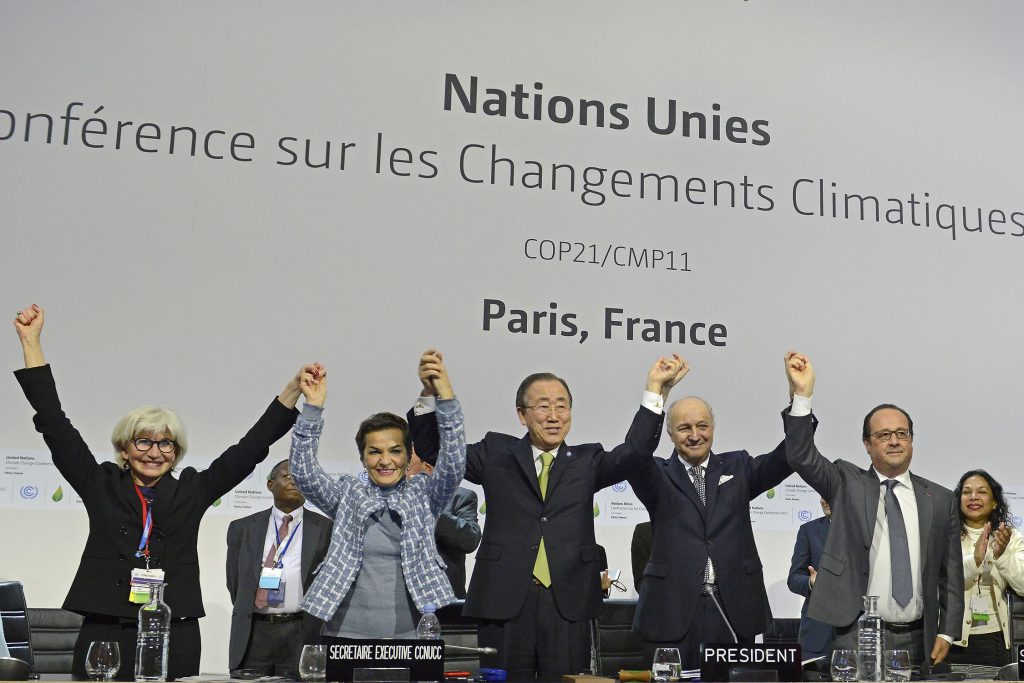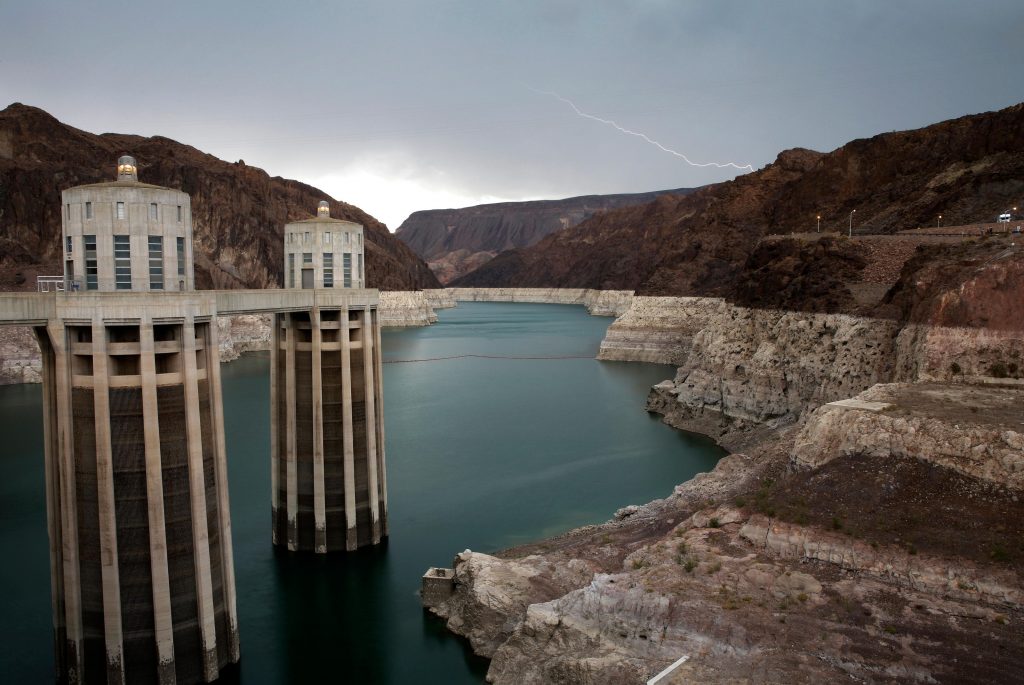The main breeding season for birds in the UK is between March and August every year. This article looks at some of the various bird nests built by UK species.
What are they made of?
Not all birds build nests, but those that do use a huge variety of materials, depending on the nesting time, the species and surrounding habitat. They can contain tightly woven twigs, grass or woody stems. Other species use premade nooks and crevices in trees, natural structures or buildings. Nests can be lined with softer or warmer materials such as animal fur, moss, mud or feathers. These materials are usually held together by spider webs, twine-like vegetation or even horsehair.
Nest varieties
Nests can be a variety of sizes, depending on the size of the bird, the need to remain hidden and the structural limitations. For example, the largest recorded bird’s nest is a bald eagle (Haliaeetus leucocephalus) nest at 2.9m wide and 6m deep. It was recorded in 1963 in Florida, USA. In Scotland, a golden eagle (Aquila chrysaetos) nest was recorded in 1954 at an impressive 4.57m deep. The smallest recorded birds nests are made by hummingbird species, around 2cm wide and 2-3cm tall.
How are they built?
The nests can be built by either the male or female, or they can work together. They can take from a few days to a few weeks to build, depending on the size and complexity. Some bird species build a new nest every breeding season but others, such as the goshawk (Accipiter gentilis) will use the same nest for many years.
Identification
Often enough, if you observe a nest from a distance, you’ll be able to identify the species when the adult birds return. But there are other ways to identify the owners of a nest. Nest size, shape, material and placement can all be useful ways to identify them, as well as egg size, number, colour and pattern. Some nests and eggs are so similar, however, they can be very difficult to identify in the field. Nests and eggs are protected by law through the Wildlife & Countryside Act 1981; it is an offence to take, damage or destroy any wild nest. Disturbance can lead to young being abandoned and injury to nesting birds – please observe nests from a safe distance.
Location and timing can also be important, as not all bird species nest at the same time and some only nest in certain ranges within the UK. Many species can also be quite specific about the habitat they nest in.
Nests are usually categorised by type and those in the UK can include:
Scrapes
These are nests of the simplest construction, usually a shallow depression in the sediment or vegetation. They can sometimes be lined with vegetation, stones, feathers or shell fragments, often to help camouflage the eggs. This is a common nest type of many wader species, as well as pheasants, quails and bustards.
Ringed Plover (Charadrius hiaticula)
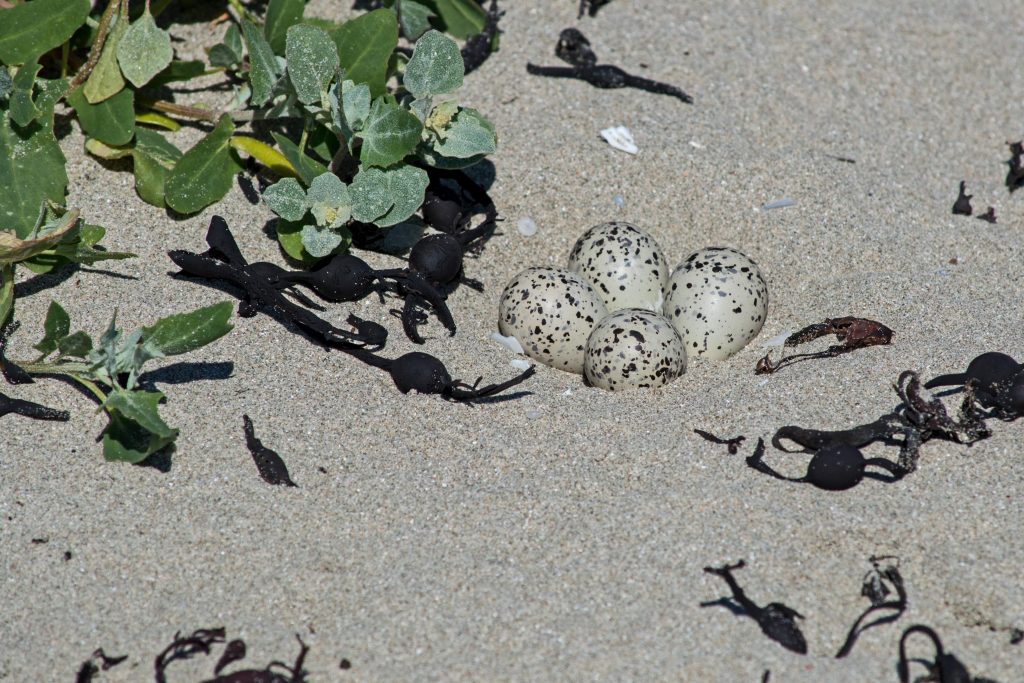
The ringed plover breeds on open ground, such as beaches and gravel flats. They lay their eggs directly on the ground in an open area with little or no vegetation, with shell fragments sometimes used to line the nest. They usually produce 2-3 clutches per breeding season, each with up to four eggs. These eggs are pale brown with dark brown speckles. As this nest type is very vulnerable to predators, the ringed plovers have developed a strategy to draw attention away from the eggs – the parent bird will lead a predator away from the nest by feigning an injured wing.
Oystercatcher (Haematopus ostralegus)
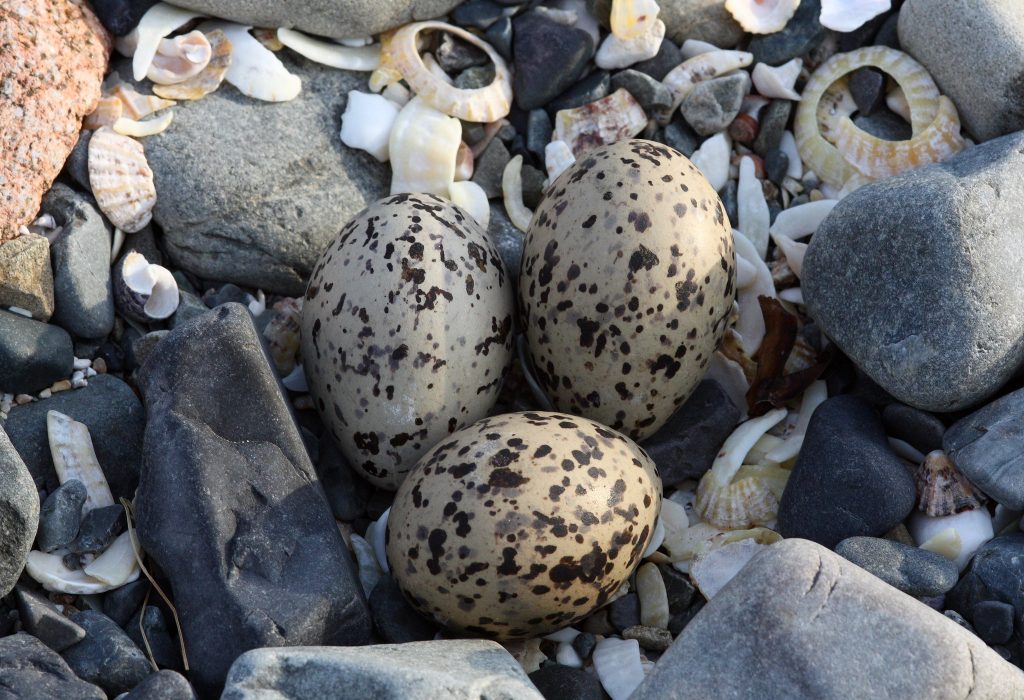
This species also creates scrape nests, although they can be lined with twigs or other vegetation. Laying between 1-4 eggs, only one clutch is laid per season. The eggs are similar to the ringed plover, with a pale brown background and dark brown speckles. This species, however, uses a practice called ‘egg dumping’, where they lay their eggs in a nest of another species, such as herring gulls, and allow them to raise the chicks.
Burrow
These are nests dug into the ground, riverbanks or cliffs. The UK birds that nest in burrows include puffins, some petrel and shearwater species, sand martins, shelducks and kingfishers. Many burrow-nesting birds excavate their own burrows but some use the pre-dug burrows of other species. Puffins, for example, often use empty rabbit burrows. As these nests are underground, species identification can be difficult without disturbing the nest, therefore it is best to wait for an adult bird or chick to appear. The location of the nest can also help to identify the species. Kingfishers, for example, usually occupy burrows in riverbanks.
Puffin (Fratercula arctica)
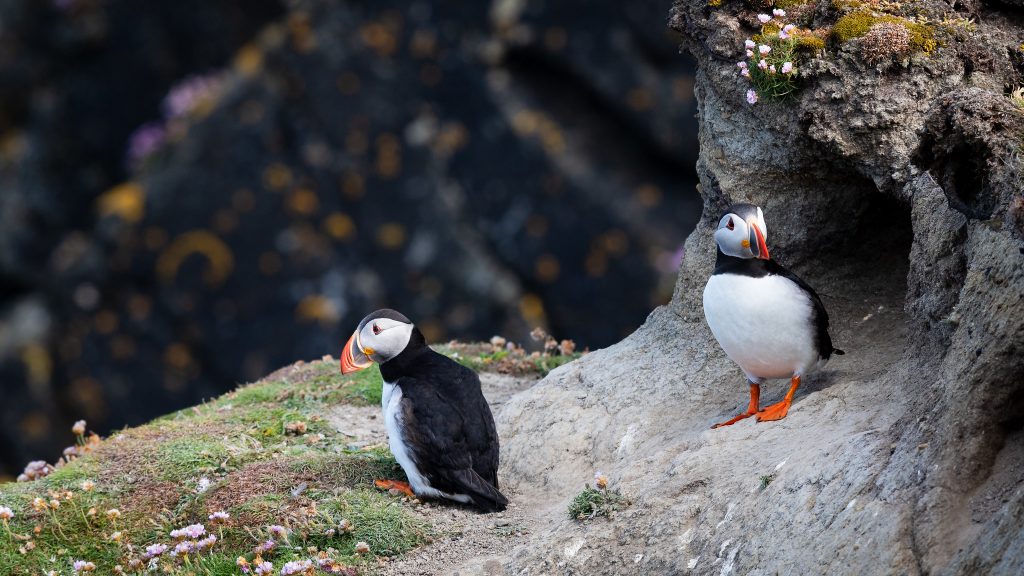
The Atlantic puffin lays a single white egg between late April to early May. The parent birds will defend the nesting site and take turns feeding the chick until it is ready to fledge, between 34-60 days after laying. During this time, the chick will remain within the nest burrow.
Cavity
Cavity nests are chambers, usually in trees. They can be excavated by the bird themselves, such as woodpeckers, but most species use natural cavities or disused nests. These species are often enticed to use nest boxes as these mimic natural cavities. The process of excavating a cavity can take, on average, around two weeks.
Eurasian Nuthatch (Sitta europaea)
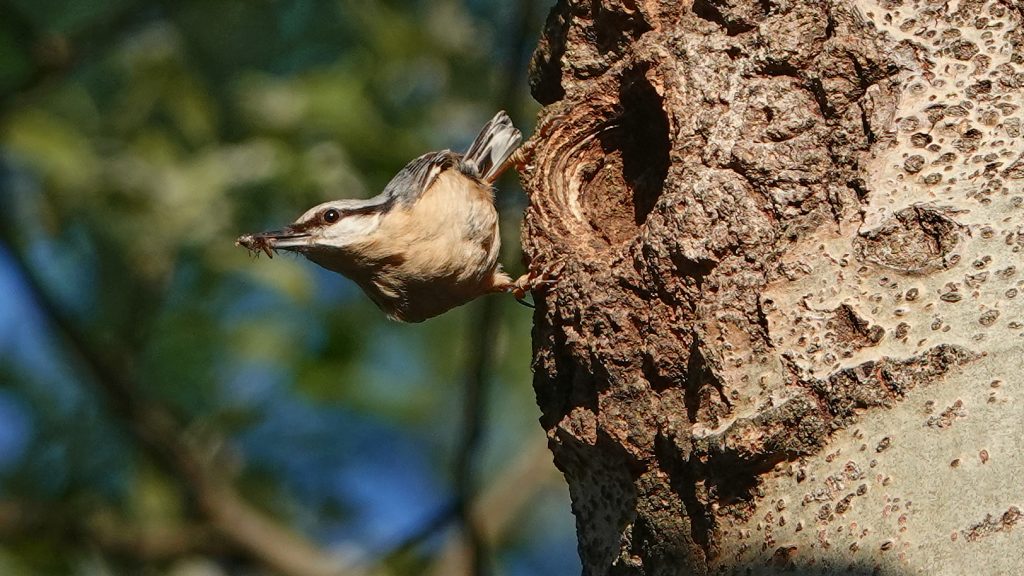
The nuthatch does not create its own cavity and will often use old woodpecker nests, although they will enlarge an existing hole or, if the entrance is too large, the female will plaster it with mud to reduce the size. The nuthatch lays between 6-9 white eggs that have red speckling. The eggs are small, usually around 2cm long and 1cm wide.
Cup
A cup nest is a hemispherical nest, with a deep depression for the eggs to be housed in. It is often made of a more pliable material such as grasses and thin twigs, but some can be made of mud. These nests are built mostly by passerine birds.
Blackbird (Turdus merula)
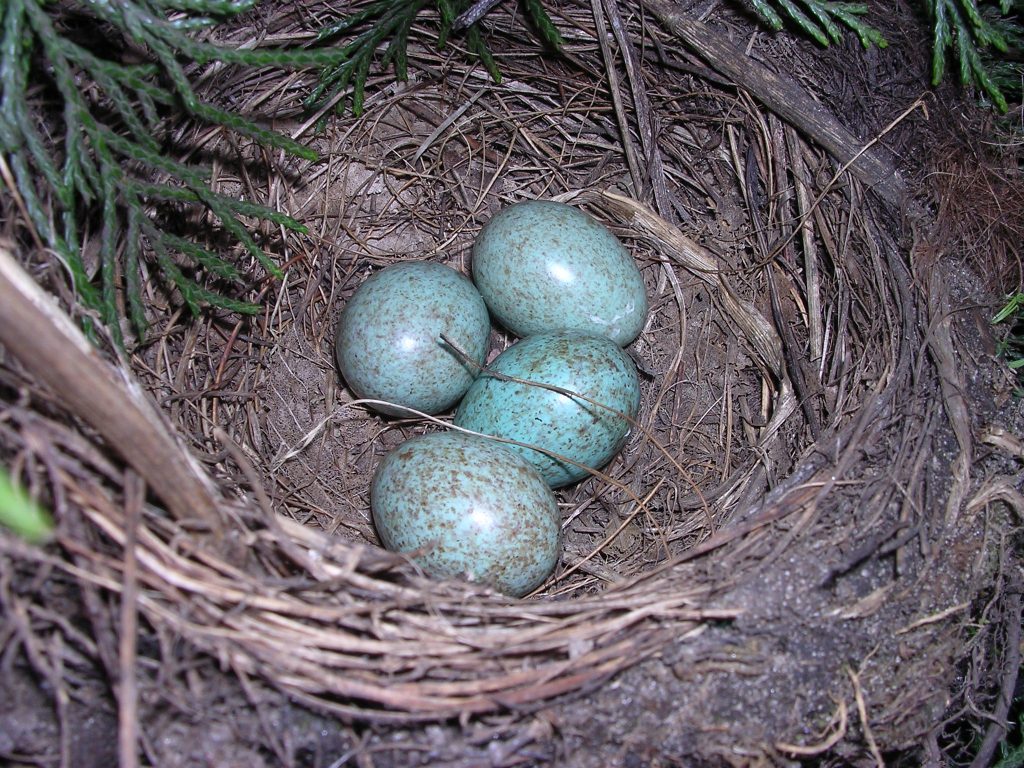
Blackbirds usually build their nest in evergreen bushes such as ivy, hawthorn or holly, but will also nest in sheds and outbuildings. The nest is built by the female and made with vegetation such as leaves and grass, bound together with mud. The female lays 3-5 bluish-green eggs with reddish-brown blotches that are, on average, 2.9cm long and 2.1cm wide.
Song Thrush (Turdus philomelos)

This species builds a mud-lined cup nest, usually in bushes or trees. The song thrush lays between four to five eggs, which are blue with dark spots and are around 2.7cm in length and 2cm in width. They can lay between 2-4 clutches per season.
Platform
These nests are large structures, which can either be elevated or on the ground, depending on the species. They can often be much larger than the bird that built them. This nest type is often used by birds of prey, but also by other birds such as herons, cormorants, and grebes.
Great Crested Grebe (Podiceps cristatus)

Some waterbird species build nests directly on top of the water. These floating platform nests are built out of aquatic vegetation, cattails, reeds and mud. They can be anchored to vegetation to keep them from drifting away and to conceal them from predators. The great crested grebe usually lays four chalky white eggs, which are around 5cm in length and 3.7cm in width.
Osprey (Pandion hallaetus)
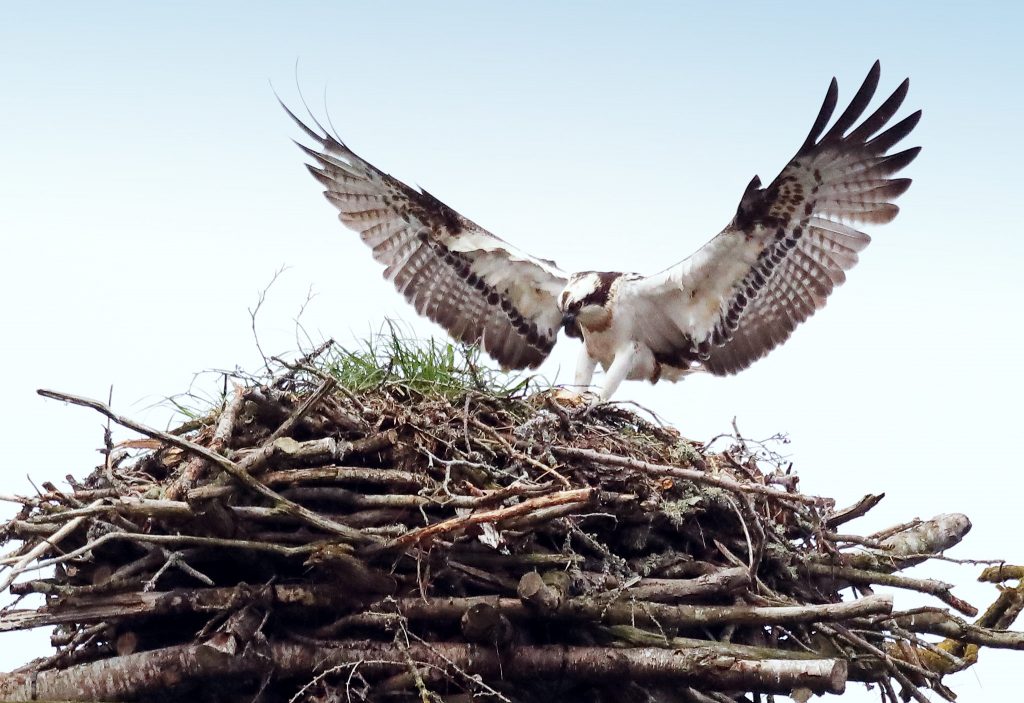
Usually breeding near freshwater, the osprey creates large platform nests made out of sticks, turf, driftwood or seaweed. They can be built on rocky outcrops, artificial platforms, forks in trees or even utility poles. The nests can be as wide as two metres. Osprey usually lay 2-4 whitish eggs with reddish-brown splotches. The eggs are quite large at 6.2cm long and 4.5cm wide.
Sphere
A few UK species create sphere nests, round structures that are completely enclosed apart from a small entrance opening. The entrance is usually on the side as it allows for protection from the rain. These nests can be made from mud, vegetation, or woven twigs and are commonly covered on the outside with moss, lichen or other camouflaging vegetation.
Long-tailed Tit (Aegithalos caudatus)
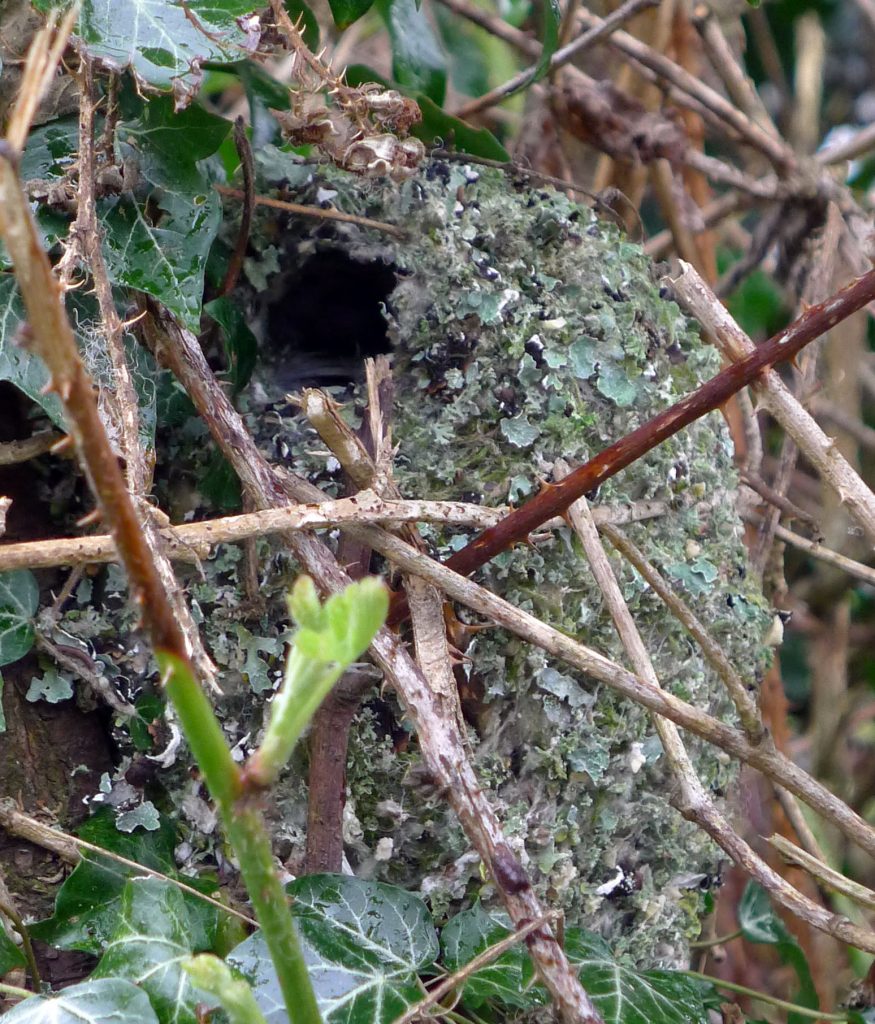
These nests can be identified by shape but also by construction material. The long-tailed tit uses lichen, feathers, spider egg cocoons and moss to create its nest. The nests are usually suspended in gorse, bramble bushes or high up in tree branches. The lichen is usually used to line the outside as camouflage and the feathers line the inside as insulation. The long-tailed tit has one brood per season and lays between 6-8 eggs, but can lay as many as 15. The eggs are white with reddish-brown speckles.

